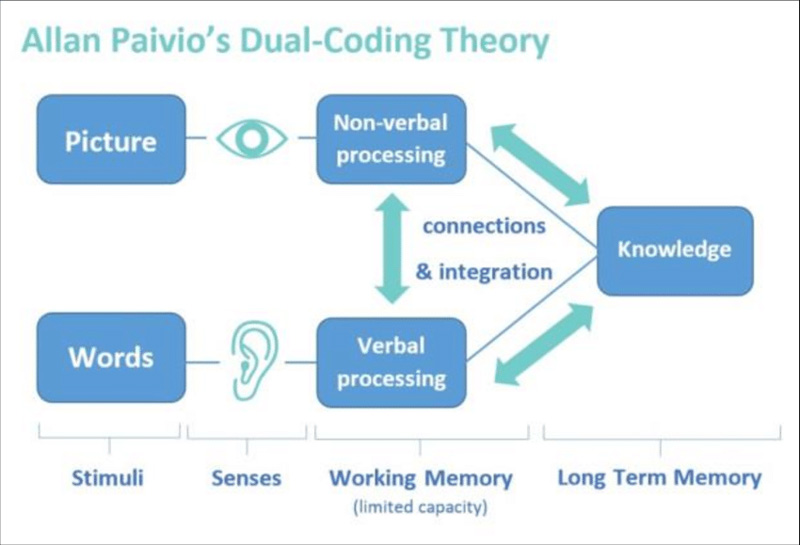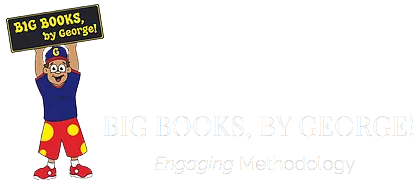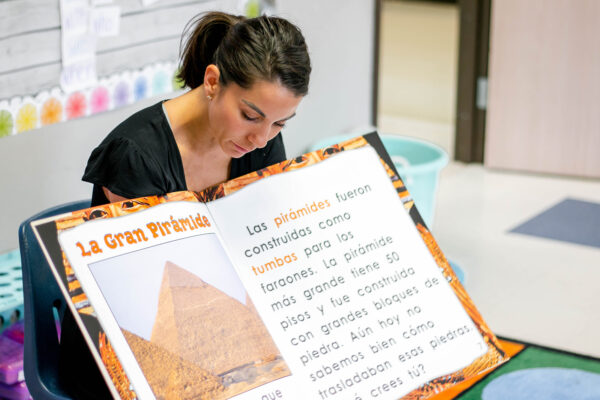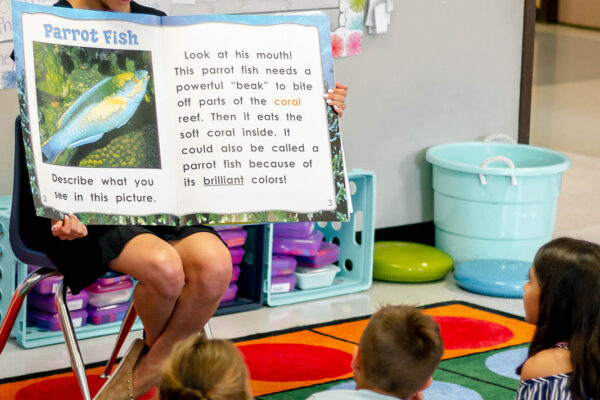Here is part 2 of cognitive learning strategies. If you would like to read part 1, click here!
The final 3 learning strategies discussed in the science of learning are Elaboration, Concrete Examples, and Dual Coding. Let’s get started!
Elaboration for Writing and Beyond
Elaboration, or “adding features to an existing memory”, is a fundamental concept of increasing learning. Basically, the more detailed a certain subject or piece of information can become, the better it will be remembered. This is because multiple facets explaining one concept will improve its organization and the way it is interpreted by students.
A great example of how to do this is through project-based learning. By conceptualizing a simple concept in many different ways, students are better able to process, encode, and fully understand the material.
When writing, using elaboration not only bolsters a students’ ability to explain a subject, but it helps them to have a more solid understanding of it. This uses a method of elaboration using elaborative interrogation, and furthermore to self-explanation of a concept. Ultimately, by using elaboration, students are better able to transfer their knowledge of one concept to many different other situations. This is a fundamental concept for the bilingual brain!!
Concrete Examples
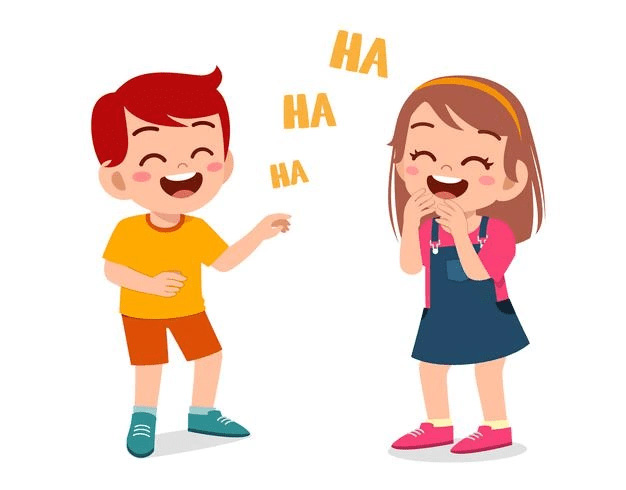
This may be a no-brainer, but concrete examples are incredibly helpful when it comes to learning! Concrete examples of abstract topics help students to develop information in a more concise and easy-to-remember way.
The researchers also noted that examples that are funny or fun, and also relevant, have a high chance of being remembered. Let’s face it, kids like humor! When information is stored with a positive emotion, such as humor, it will be better encoded.
Finally, when teaching a formulaic structure such as phonetic concepts, math formulas, or sentence structures, using many different examples on the surface of that structure will help students to learn better than using similar or the same examples. (Think: 10 different action verbs when teaching grammar to show how it is used in the sentence, and in different places within the sentence).
Dual Coding Theory

Dual Coding refers to the use of two different stimuli to communicate the information. Most commonly, this would be through text, and complimented with a visual. Research indicates that flash cards used in this manner to teach vocabulary has a high retention rate.
Overall, dual coding takes advantage of the “picture superiority loop”, that is, that we remember pictures and visuals better than we remember aural or written information.
Researchers even found that learning with motor movements provided a strong retention rate for information. Think, dancing, uniform movements, and sign language with this one! (If you’ve ever learned solfege: do re mi fa so la ti do, in accordance with hand movements, this is a great example!).
So there you have it! These cognitive strategies lay the groundwork for educators to use whatever they have at their disposal in the most useful way. Facilitating learning through many different avenues becomes much easier when the implemented methods have a focus and logical progression.
